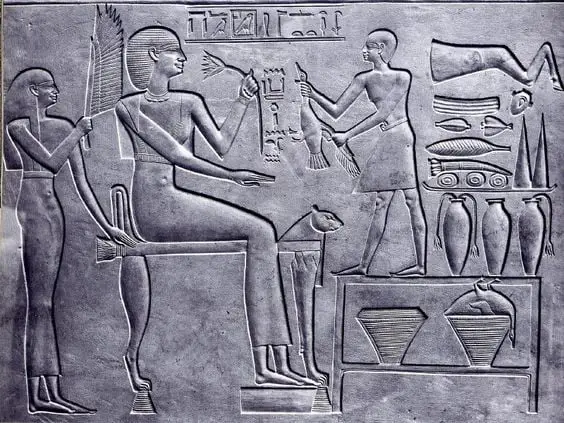
When it comes to hair coloring, the impact goes beyond just aesthetics. Colors have the power to influence emotions, moods, and perceptions. Understanding the psychology behind hair colors can help you, as a stylist, offer more personalized services that align with your clients’ emotional and psychological needs. In this article, we will explore the fascinating world of color psychology and how different hair colors can evoke various feelings and moods, allowing you to elevate your hair coloring skills to a new level.
The Psychology of Hair Colors
Blonde: The Light and Cheerful Choice Blonde hair often symbolizes youth, vitality, and playfulness. It’s associated with light-heartedness and can make individuals appear more approachable and friendly. For clients looking to express warmth and openness, suggesting blonde tones—whether it’s a full head or highlights—can be an excellent choice.
Brunette: The Strong and Trustworthy Appeal Brown hair is often seen as stable, reliable, and grounded. It exudes a sense of strength and trustworthiness, which can be ideal for clients who want to project professionalism and dependability. Offering rich, chocolate tones or subtle balayage can enhance these qualities.
Red: The Bold and Passionate Statement Red hair is bold and attention-grabbing, often linked with passion, energy, and intensity. It can convey a sense of confidence and fearlessness, perfect for clients wanting to make a dramatic impression. From fiery reds to softer copper tones, the red spectrum offers options that can suit various skin tones and personality types.
Black: The Mysterious and Sophisticated Choice Black hair is associated with mystery, elegance, and sophistication. It creates a striking contrast, especially against lighter skin tones, making it a powerful choice for clients aiming for a dramatic and refined look. Glossy black shades or dark brown hues can enhance these attributes.
Pastels and Unconventional Colors: The Creative and Unique Expression Pastels and unconventional hair colors like pink, blue, and green are popular among those who want to express creativity and individuality. These colors break away from tradition and are perfect for clients looking to stand out from the crowd. Offering a range of vibrant or pastel shades can cater to clients who want to make a unique style statement.
Elevating Your Hair Coloring Techniques
To effectively use the psychology of colors in your hair coloring services, it’s essential to have a thorough consultation with your clients. Discuss their lifestyle, personality, and what they hope to achieve with their new hair color. By understanding their emotional and psychological needs, you can suggest colors that not only enhance their appearance but also align with their personal and professional lives.
Tips for a Successful Color Consultation
- Listen to Your Clients: Understand their goals, preferences, and concerns. This will help you tailor your services to meet their specific needs.
- Consider Skin Tone and Eye Color: Recommend colors that complement your client’s natural features for a harmonious look.
- Educate Your Clients: Share insights on how different colors can impact their mood and perception. This can help them make more informed decisions.
Final Thoughts
Mastering the art of hair coloring involves more than just technical skills; it requires an understanding of the emotional and psychological effects of colors. By incorporating the psychology of colors into your services, you can offer a more personalized experience that resonates with your clients on a deeper level. This not only enhances client satisfaction but also positions you as a knowledgeable and skilled stylist in the industry.

